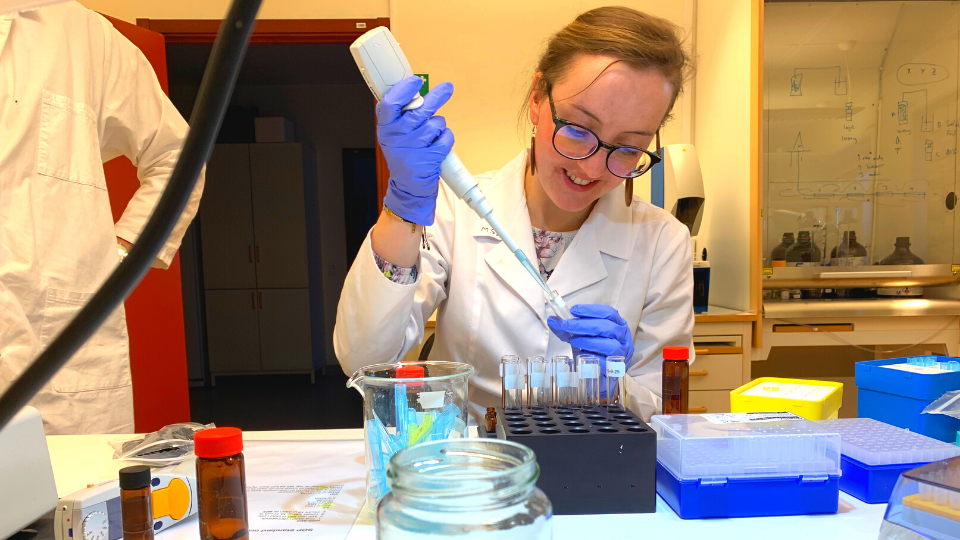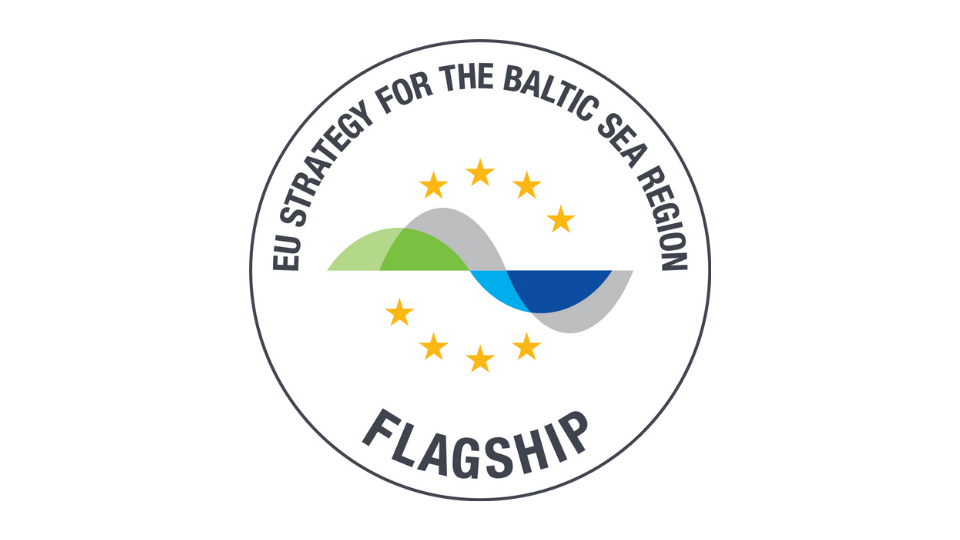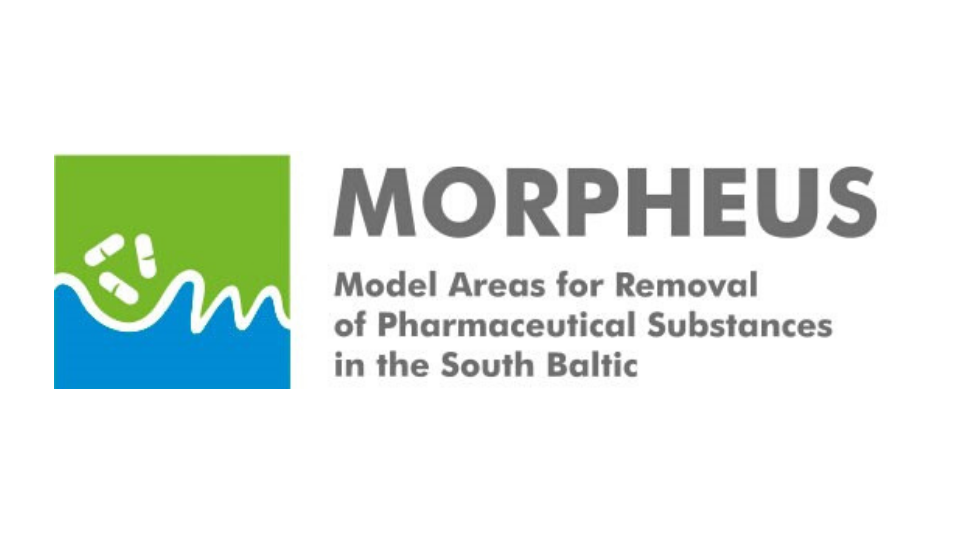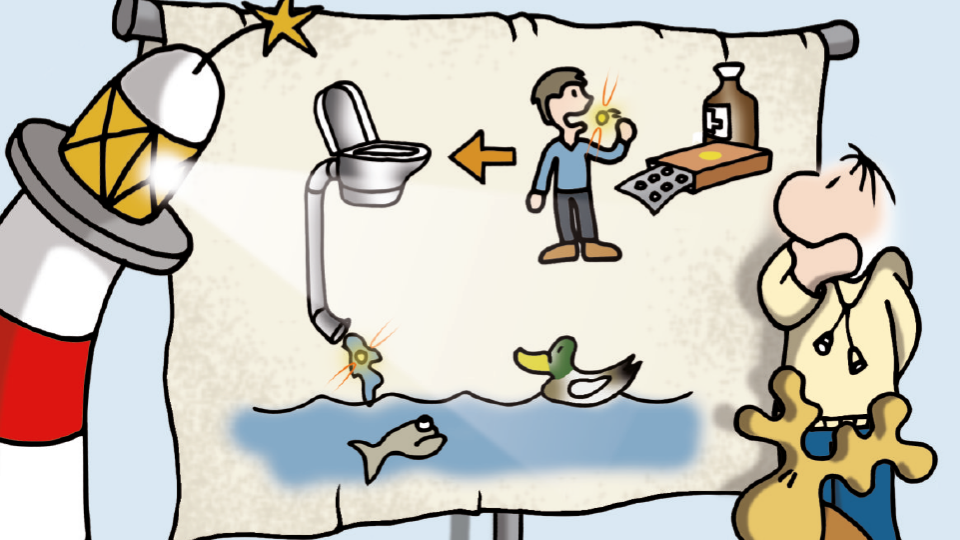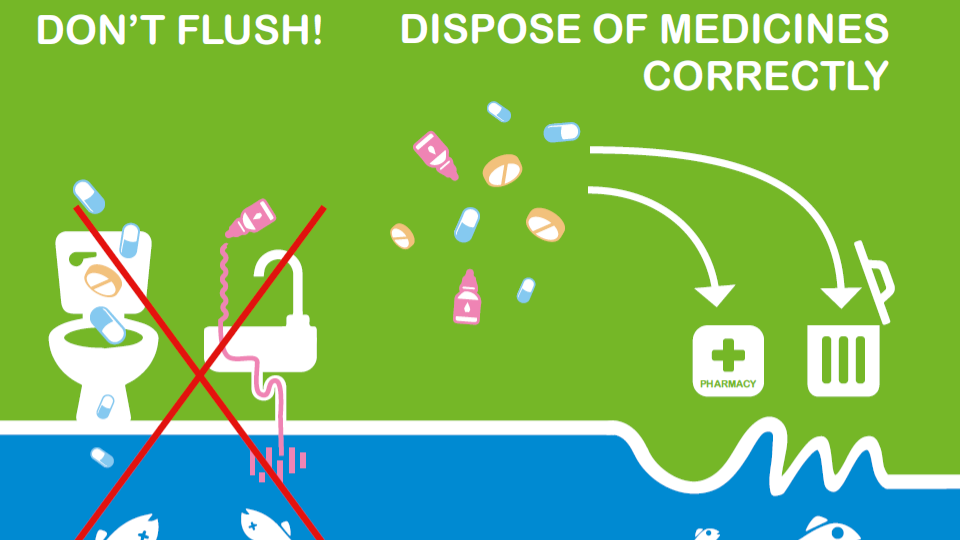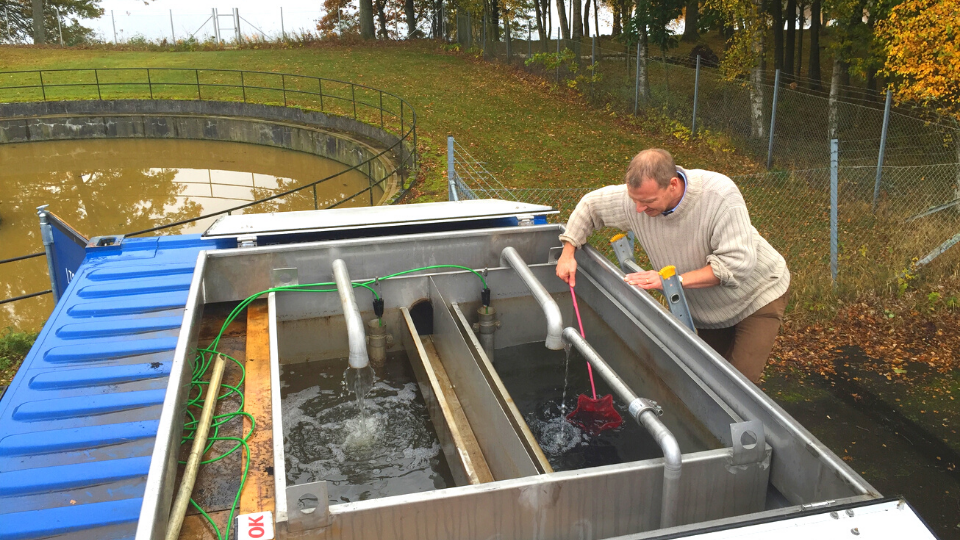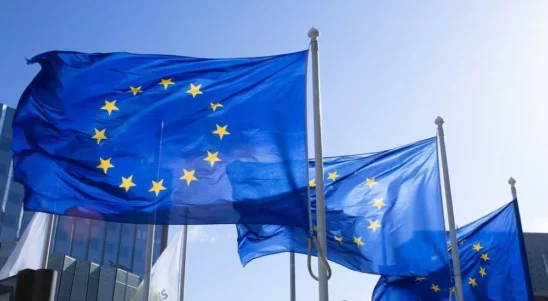What changed with MORPHEUS?
Scientific data and figures about pharmaceutical substances in the Baltic Sea – this is the ground work for all further actions to come. This data has been collected in the MORPHEUS project and will be publicly available for the further use of the data.
What did MORPHEUS create?
MORPHEUS collected and combined information on the incoming and the outgoing pharmaceutical waste in wastewater treatment plants (WWTPs). This data allowed MORPHEUS to map the quality of the wastewater treatment in the different plants and the left-over pharmaceutical substances flushed into the Baltic Sea. With this data MORPHEUS can not only give recommendations for future investments in wastewater technology, but raises awareness among citizens.
Project Website
Find MORPHEUS Project Website here.
Project outputs
Scientific Reports
-
pdf 126 pages 0.01 GBpdf 126 pages 0.01 GB
-
pdf 27 pages 0.01 GBpdf 27 pages 0.01 GB
-
pdf 96 pages 0.01 GBpdf 96 pages 0.01 GB
Policy Briefs
-
pdf 2 pages 2.19 MBpdf 2 pages 2.19 MB
-
pdf 2 pages 1.70 MBpdf 2 pages 1.70 MB
-
pdf 3 pages 2.23 MBpdf 3 pages 2.23 MB
Roadmaps
-
pdf 32 pages 0.01 GBpdf 32 pages 0.01 GB
-
pdf 1 pages 1.37 MBpdf 1 pages 1.37 MB
-
pdf 41 pages 0.01 GBpdf 41 pages 0.01 GB
-
pdf 1 pages 0.47 MBpdf 1 pages 0.47 MB
Educational Leaflets
Find even more material on MORPHEUS’ website.
What are the next steps?
The information collected in MORPHEUS will aid wastewater treatment plants and authorities in a future implementation of the most suitable advanced treatment technology.
Success story
Find the MORPHEUS Success Story here.
Full project description
The project involves 7 partners and 9 associated partners from 4 Programme Member States (Sweden, Germany, Poland and Lithuania).
The overall idea of the project is to address challenge of the pharmaceutical pollution in the Baltic Sea area. Chemical pollution of surface water presents a threat to the aquatic environment with effects of losses of habitats and biodiversity, as well as a threat to human health. According to the directive 2008/105/EC, as a matter of priority, causes of pollution should be identified and emissions should be dealt with at source, in the most economically and environmentally effective manner.
The project’s activities are planned to create a background image in terms of regional consumption of pharmaceuticals (under WP 3), chemical burden caused by pharmaceuticals released from selected waste water treatment plants in each region (WP 4), as well as existing treatment systems in the four selected regions surrounding the southern part of Baltic Sea (WP5). The aim of WP6 is to prepare a scheme for the training course for waste water treatment plants (WWTPs) operators and professional staff at chemical laboratories and training material for participants of such courses – all connected study visits at WWTPs using advanced technologies that removes or reduces the concentration of pharmaceutical substances in treated sewage (WP 5).
The main target groups of the project are staff of waste water treatment plants, as well as decision and policy makers (regional/national authorities dealing with waste water treatment).

